|
While the fundamental idea behind my independent project was pretty solid, these past couple sessions have served as important times for hashing out the finer details. Through some thorough planning and valuable input from my mentors, here is my idea! The essential question is what are the effects of curcumin in reducing inflammation in flies, induced by sodium nitrite. To expand, curcumin is a chemical substance found in the common spice, turmeric. Throughout my life, I have certainly become familiarized with turmeric, both as a part of Indian cooking and as a natural remedy for minor ailments. Therefore, when exploring the world of natural drugs to use in my experiment, turmeric was an exciting find as an anti-inflammatory agent. The second component of my experiment, sodium nitrite, has less of a familiar and intimate relation with me, but has still garnered a great deal of intrigue and fascination in my mind. When developing the project, I was certain that I needed to address curcumin as a potential anti-inflammatory. There, however, needed to be some external factor that incited inflammation in the flies. Initially, I was considering the protein, actin, which could cause inflammation if injected based on the theory of how inflammation manifests in organisms’ bodies. Yet, this method was not feasible given my capabilities. Therefore, my mentors guided me towards another more straightforward means of inducing inflammation, which was having the flies ingest sodium nitrite. The sodium nitrite, acting as a reactive oxygen species in the flies’ digestion, should result in successful inflammation. The planning stages of my project were slightly tedious seeing as I went through several project ideas and experimental paths regarding what drugs to use, observing long-term or short-term effects, what assays or combination of assays to employ, etc. To resolve a few of the aforementioned questions, I have decided to choose a more short-term observation of the effect of curcumin/sodium nitrite on the flies, while abiding by the fly development cycle to ensure I have enough viable adults to make observations each week. The assays I am utilizing to measure the effect of inflammation are the motility/locomotion assays: negative geotaxis (females) and the male mating ritual dance (males). The first day of independent exploits went rather smoothly and dealt with creating the drug-concentrated stocks, creating food vials, and sorting flies. While time-consuming, these processes were accurate representations of lab etiquette and what to expect when conducting hands-on scientific research. As a whole, the course, thus far, has been incredibly informative on lab procedure, research project management, biology and chemistry concepts (drug concentrations, development, fertility) and, more importantly, has provided an invaluable period for fostering friendships and developing the TRIP family.
0 Comments
Your comment will be posted after it is approved.
Leave a Reply. |
Archives
April 2024
Categories
All
|
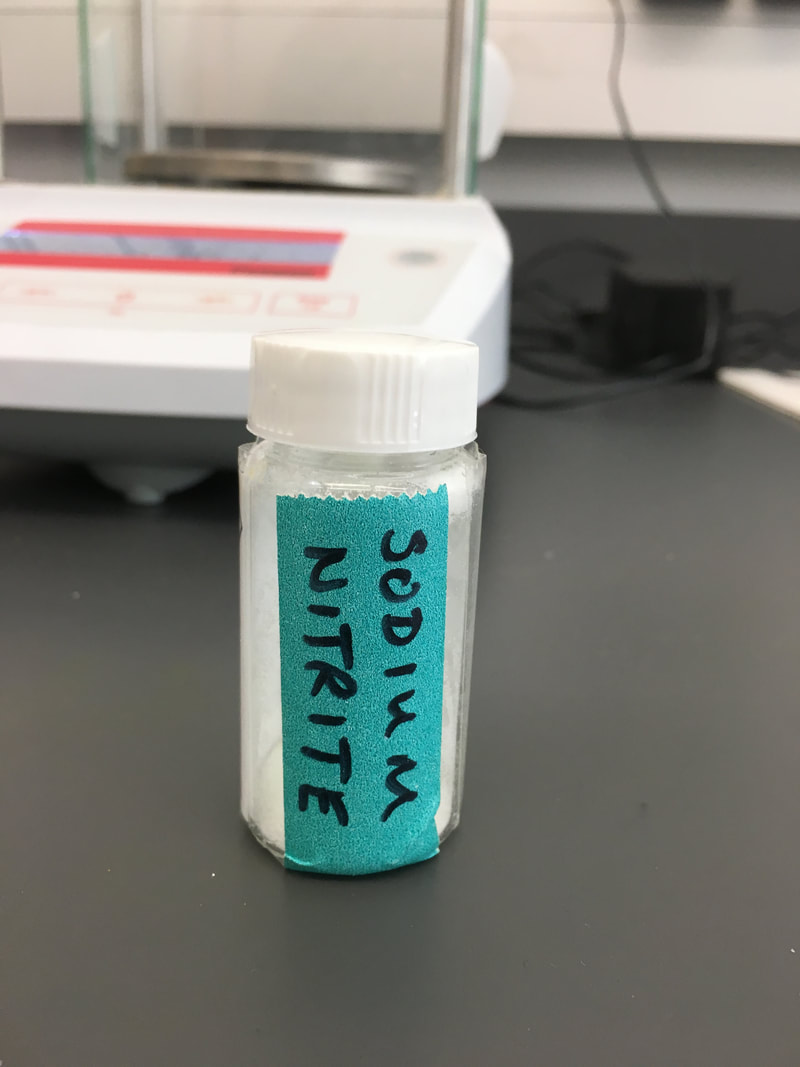
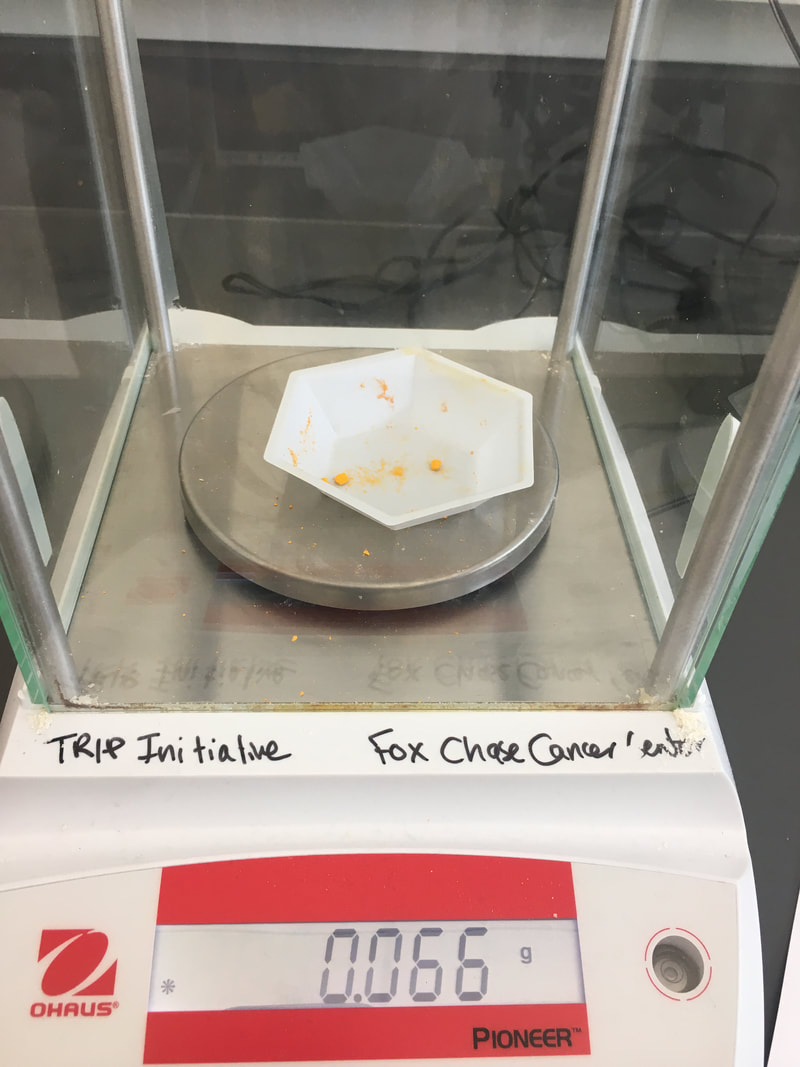
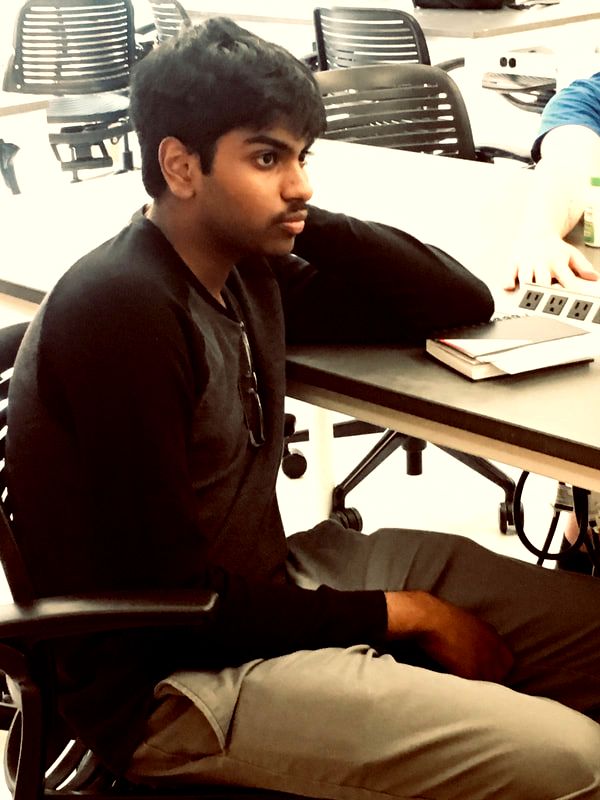
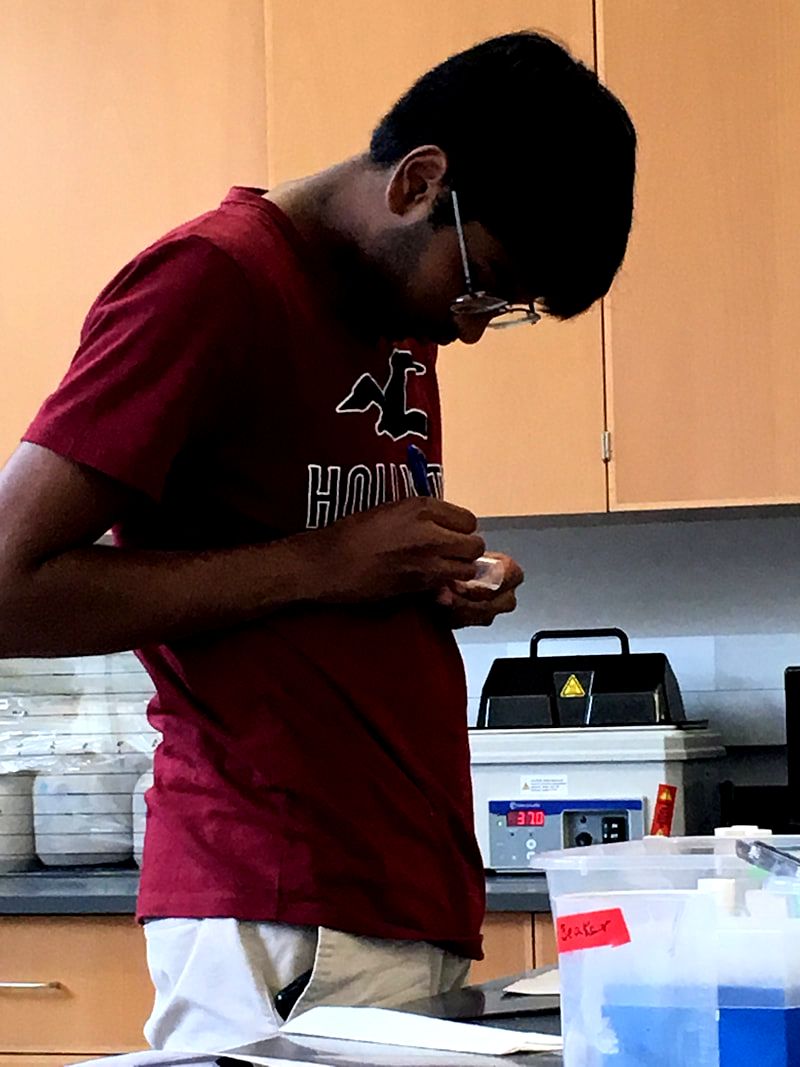
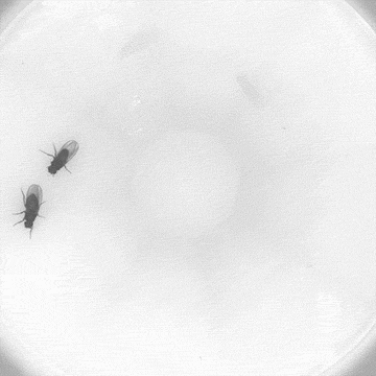
 RSS Feed
RSS Feed